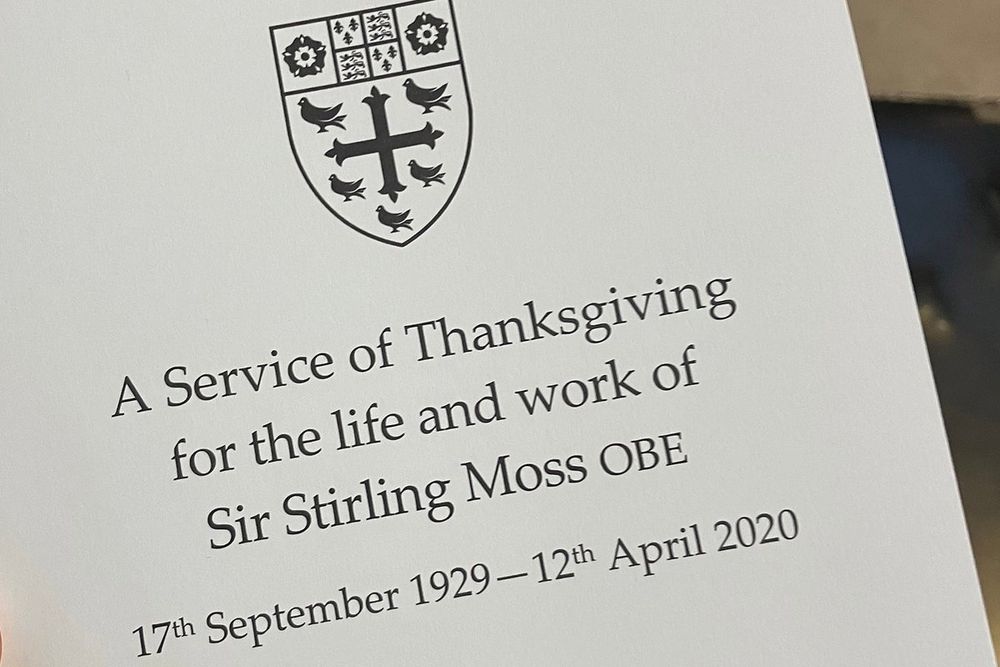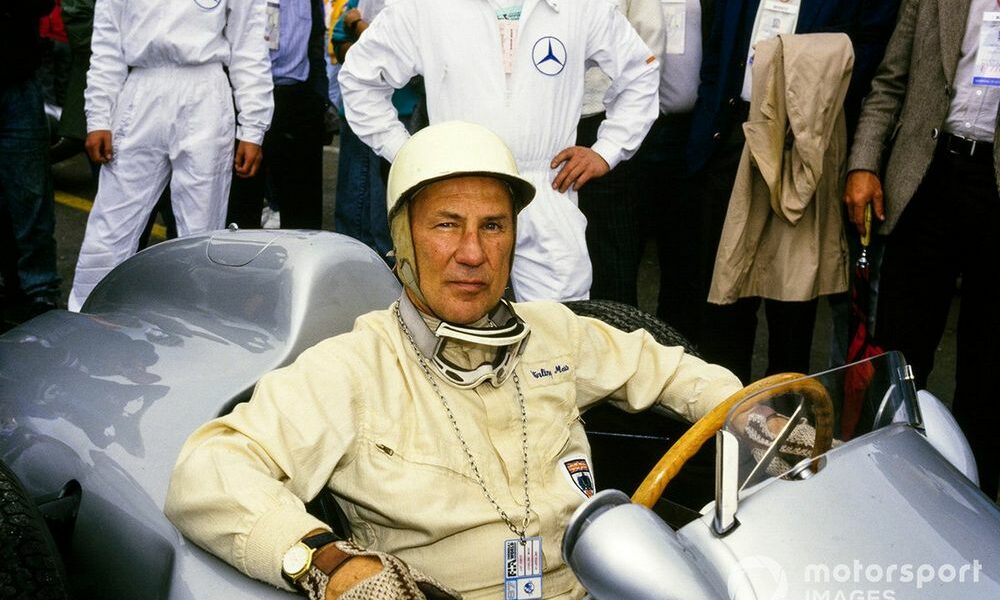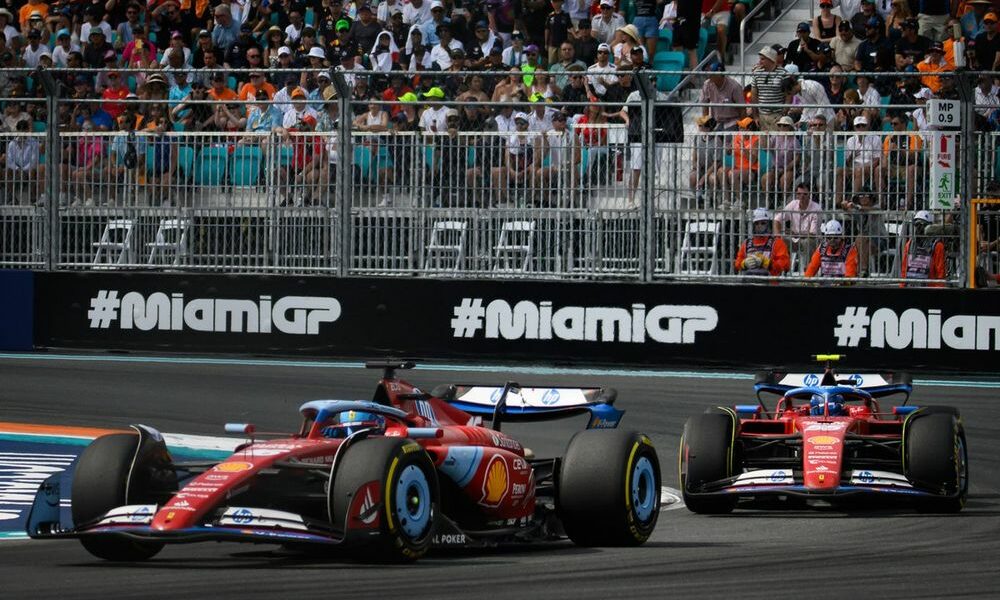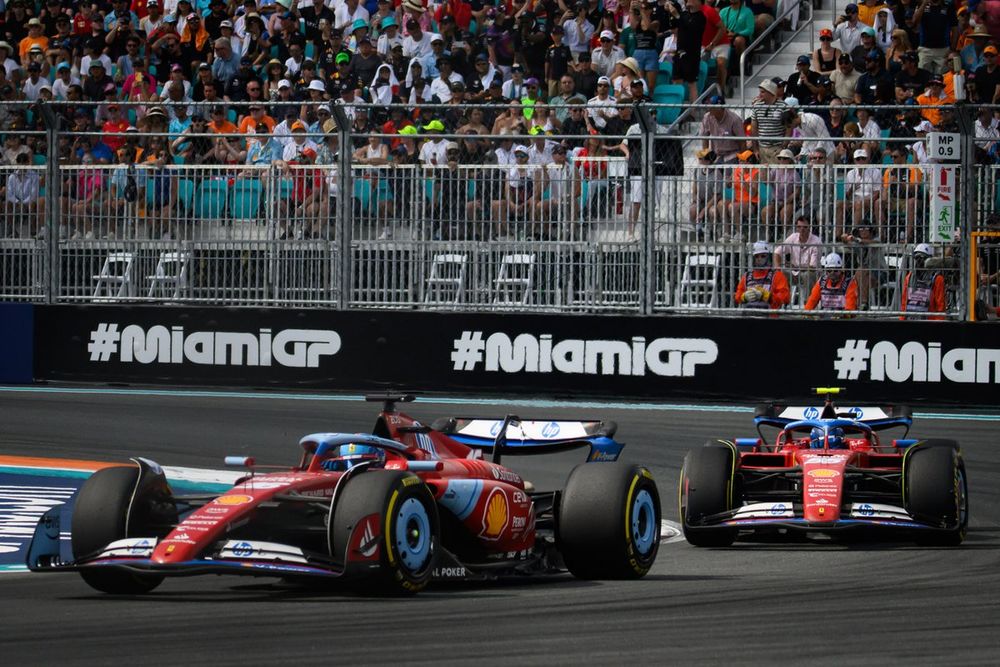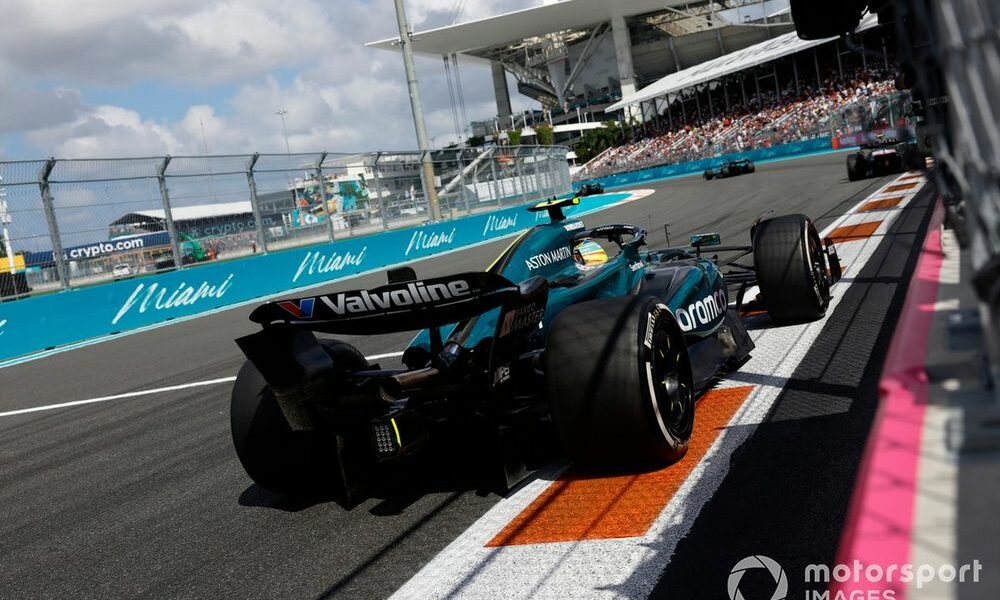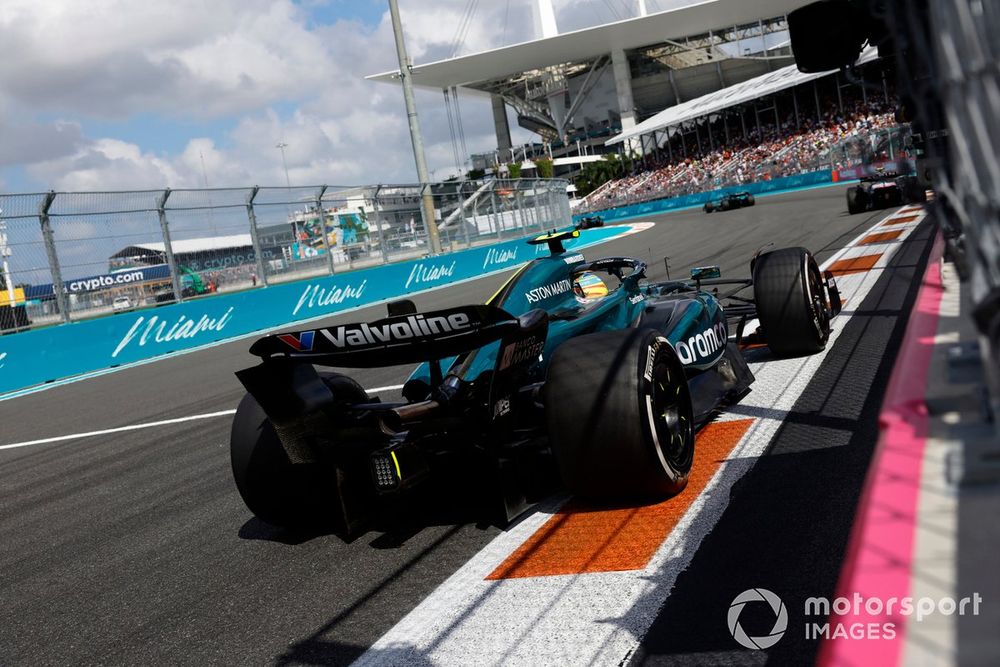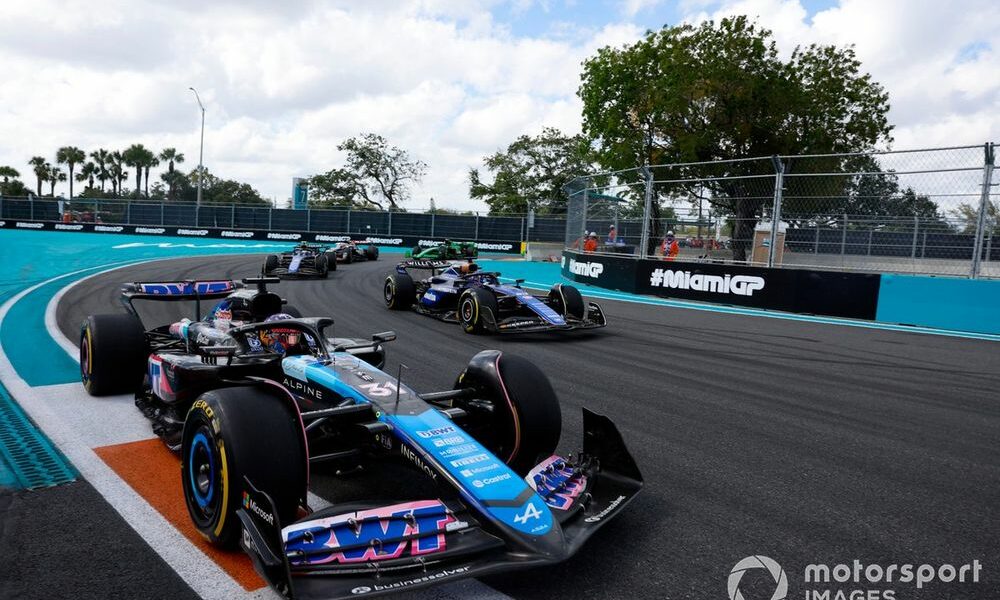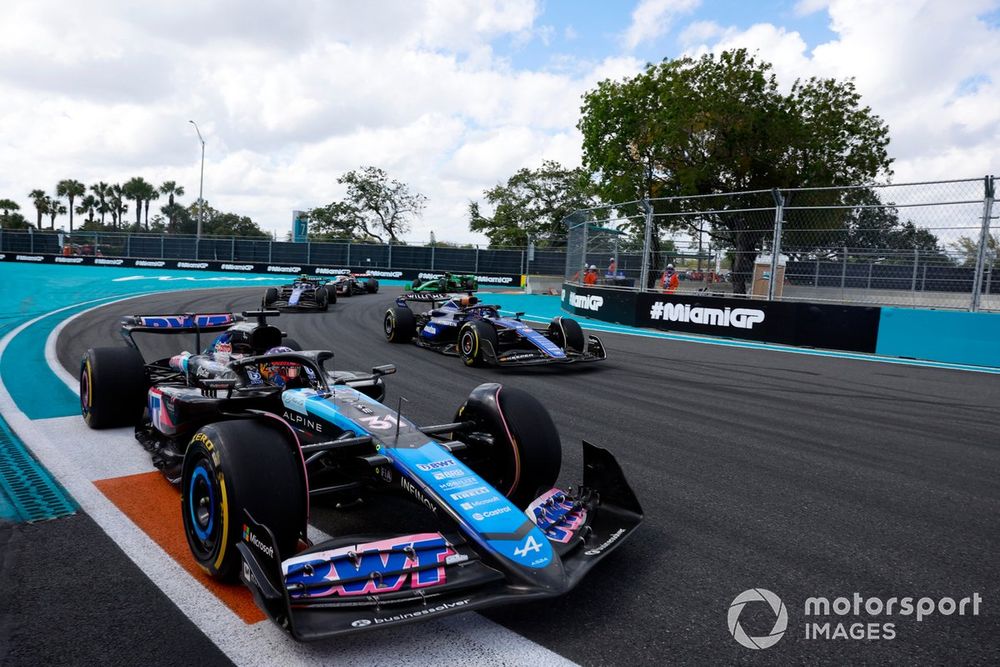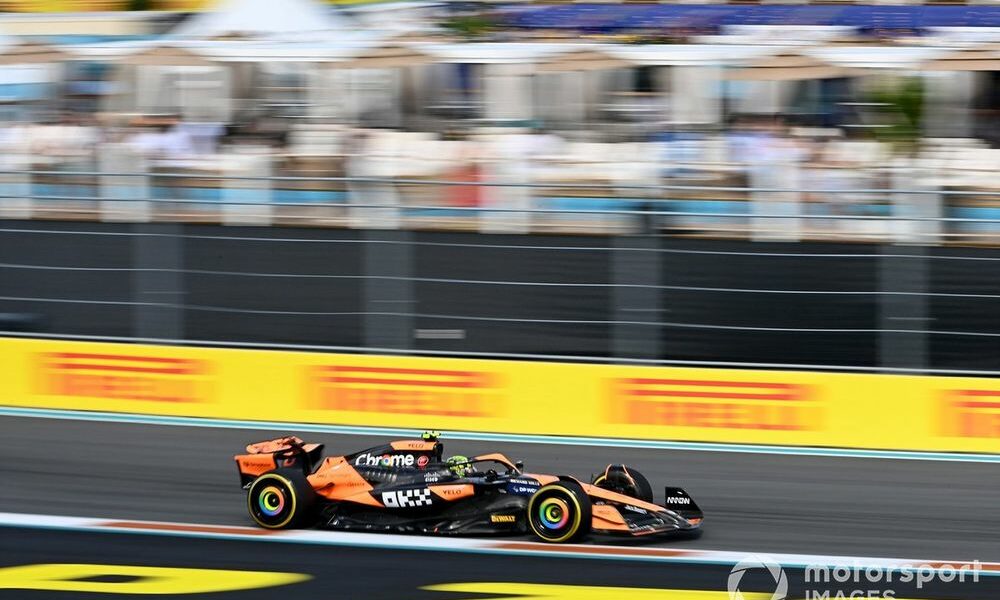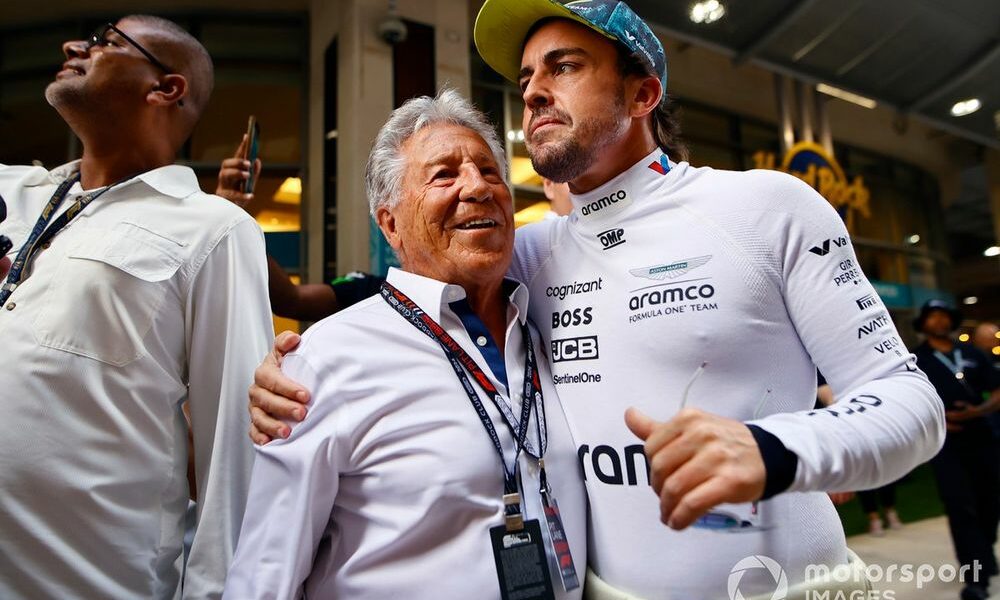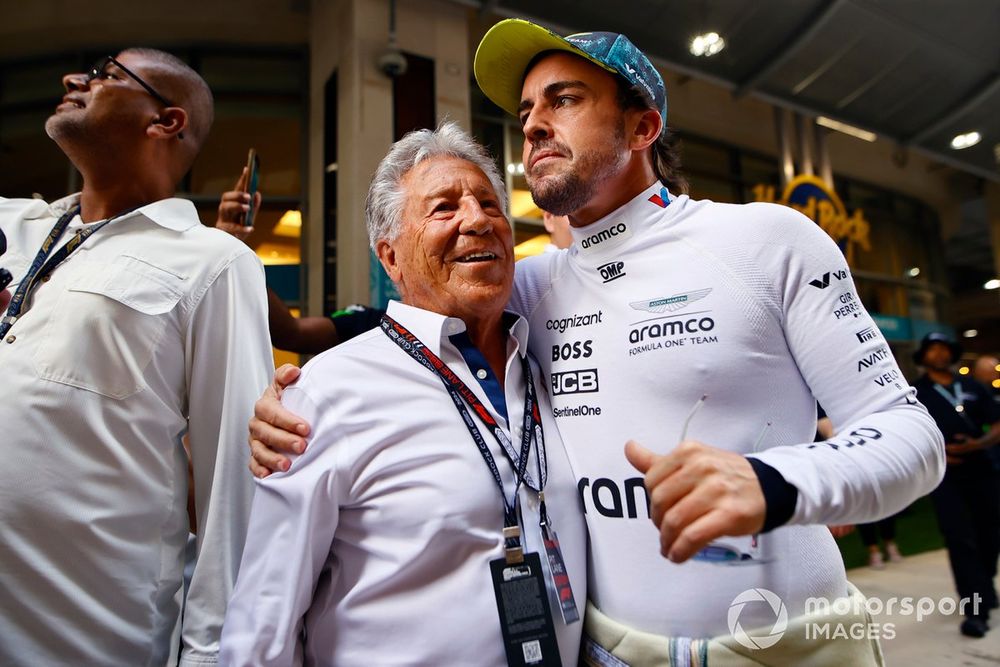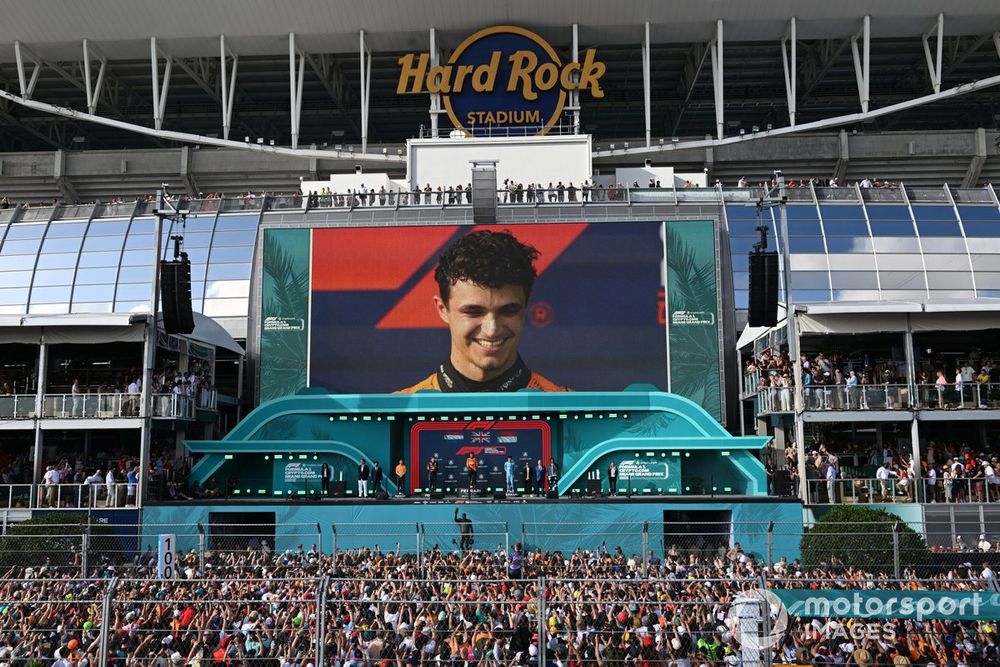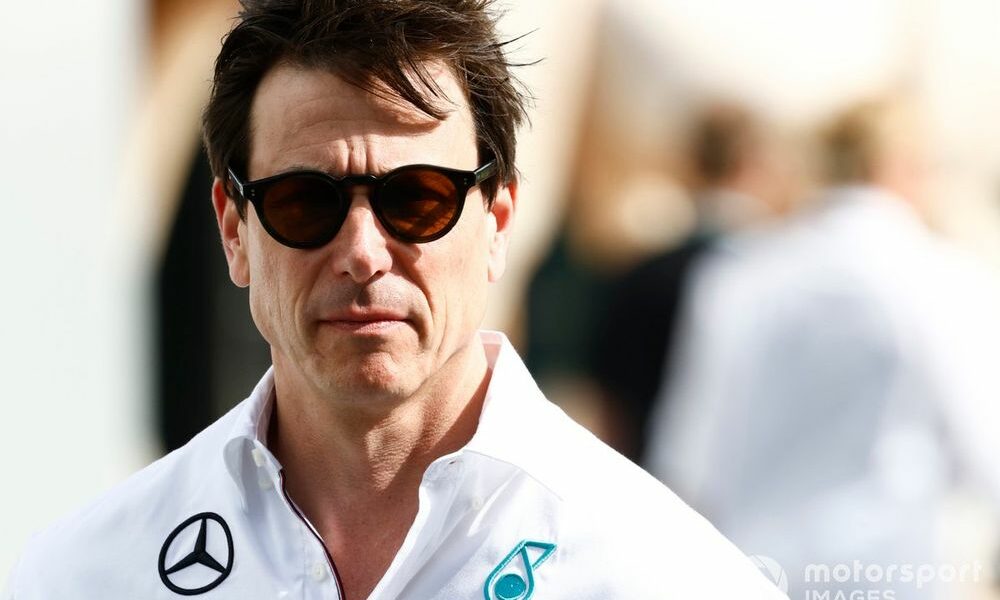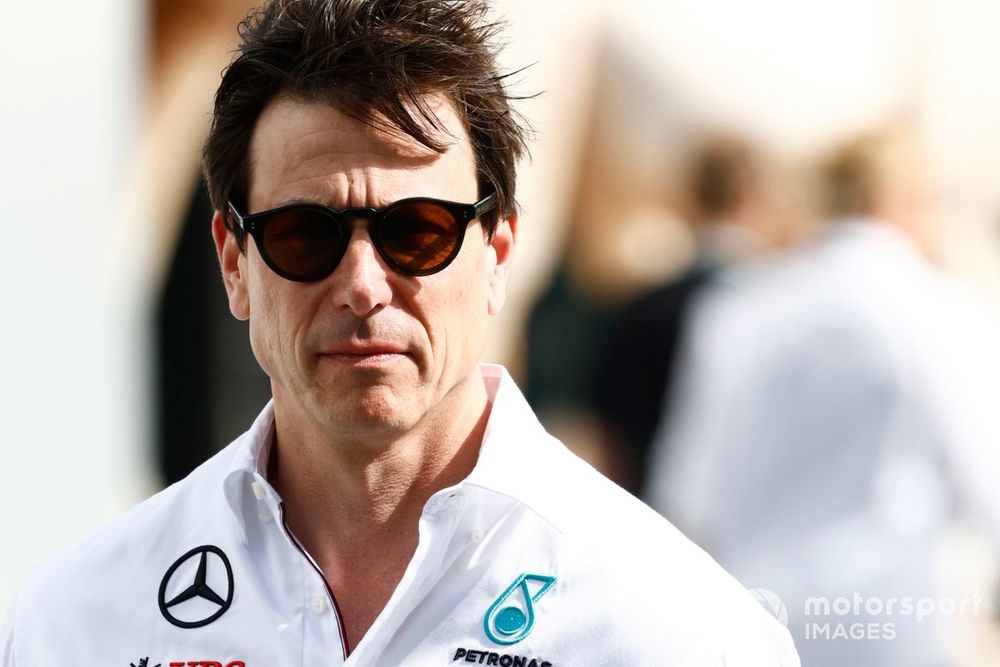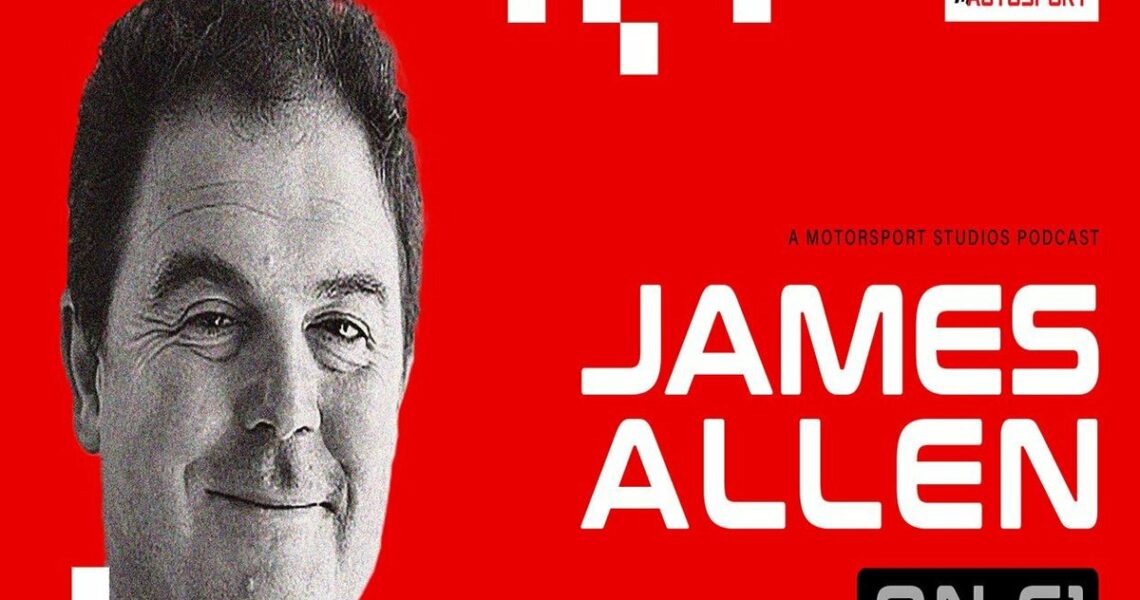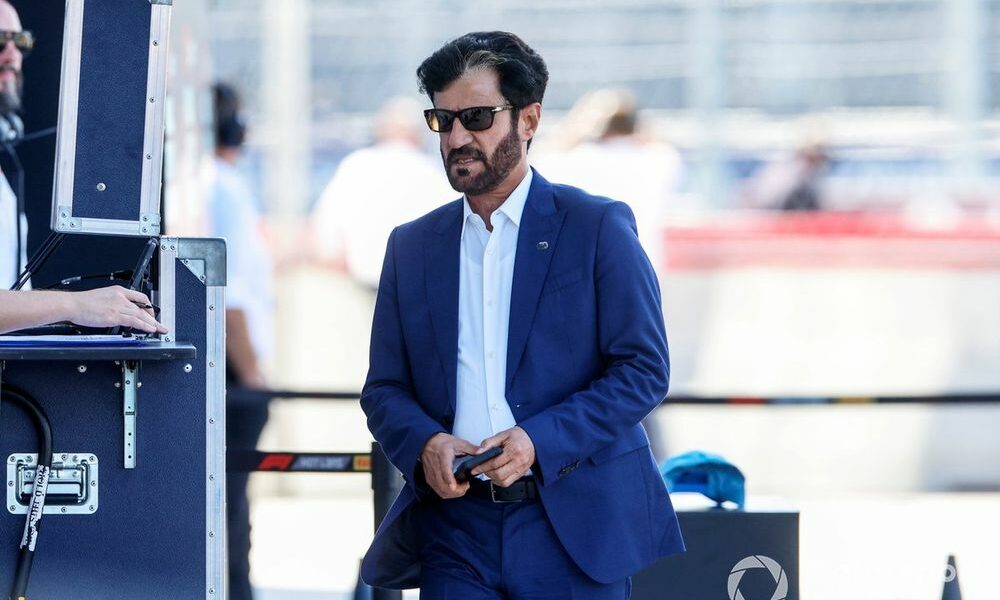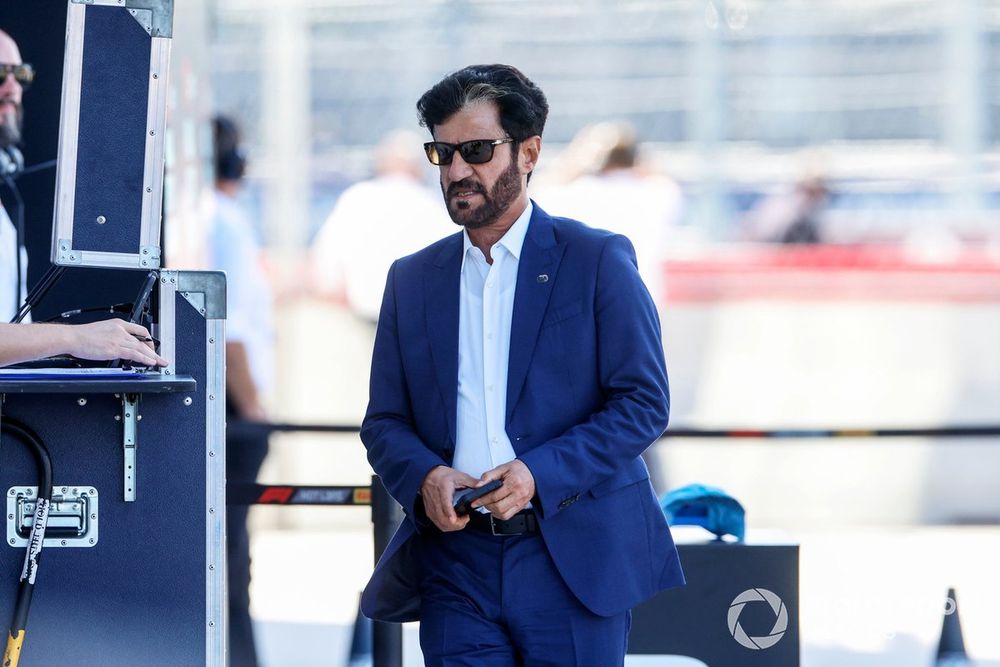Around 2000 guests, ranging from drivers from all categories to family and friends – including F1 team boss Christian Horner, comedian Rowan Atkinson plus a host of fans who had been lucky to secure tickets – joined the ceremony at Westminster Abbey to pay tribute to Moss who died in April 2020.
His Majesty the King was represented by his Royal Highness the Duke of Kent, with Prince Michael of Kent also in attendance.
The son of Moss’s former Mercedes team-mate Juan Manuel Fangio also flew over from Argentina to ensure his family was represented.
The ceremony had been the first chance that there had been to host an event to celebrate Moss’s life after he passed away during the lockdown restrictions prompted by the Covid pandemic.
Moss’s long-time friend Jackie Stewart delivered a moving tribute, bringing with him the original autograph that he got as a kid when he attended a race meeting near the Scottish Borders to meet his then-hero.
Stewart explained that Moss’s behaviour of always writing his name in full for autographs was a trait that he respected – and something he adopted himself throughout his career as well.
He also revealed a story about how, shortly after winning the 1973 world championship, he had been stopped by a policeman for speeding in Hyde Park.
After winding down his window, Stewart could not believe it when the policeman said to him: ‘Who do you think you are, Stirling Moss?’
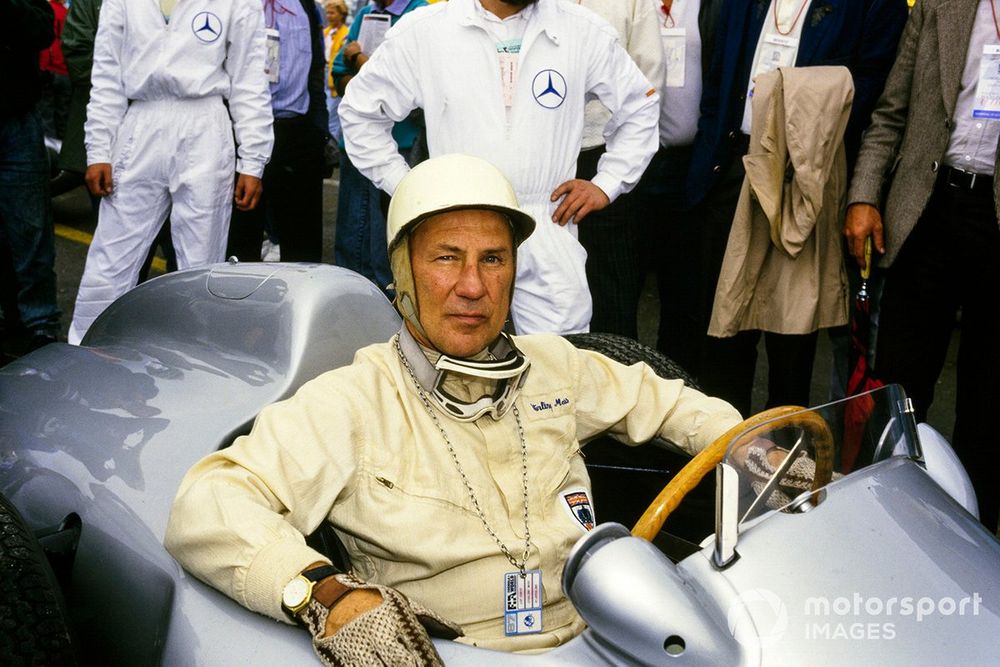
Other readings at the service came from former Autosport editor Simon Taylor, the Duke of Richmond and sportscar legend Derek Bell.
Moss’s son Stirling Elliot Moss also read an extract from a personal letter he had from his father.
“Be reminded that everything worth achieving comes at a cost,” the letter said.
“If you are lucky, you might never get the bill. But don’t bank on it. Before you start, be sure you are willing to pay the price. I was, and I did, and I have no regrets.”
As Westminster Abbey’s bells rang at the end of the service, guests were treated to a display of some of Moss’s most famous cars.
This included the iconic Mille Miglia-winning Mercedes-Benz 300 SLR, which ran with the famous number ‘722’.
Moss won 16 grands prix during his F1 career but somehow never managed to win the title. He finished runner-up four times between 1955 and 1961, and was third overall on a further three occasions.
His F1 career was cut short by an accident at Goodwood in 1962 that left him in a coma for a month. Although he managed to make a full recovery, he felt his driving skills never returned to the level that they were before the crash so decided against a comeback.



